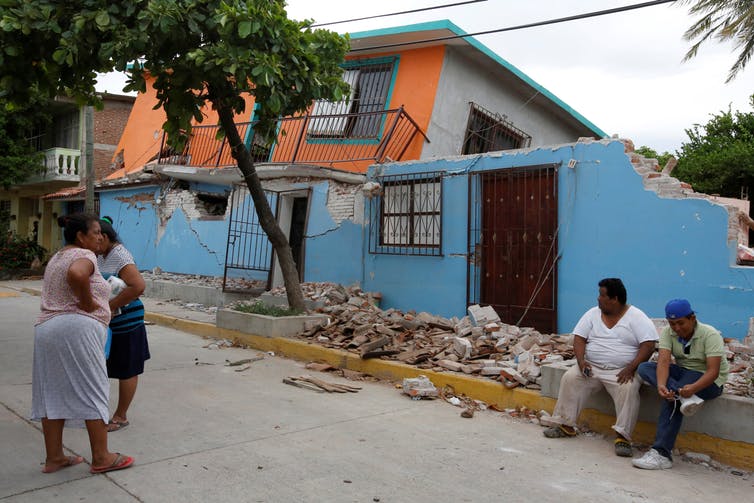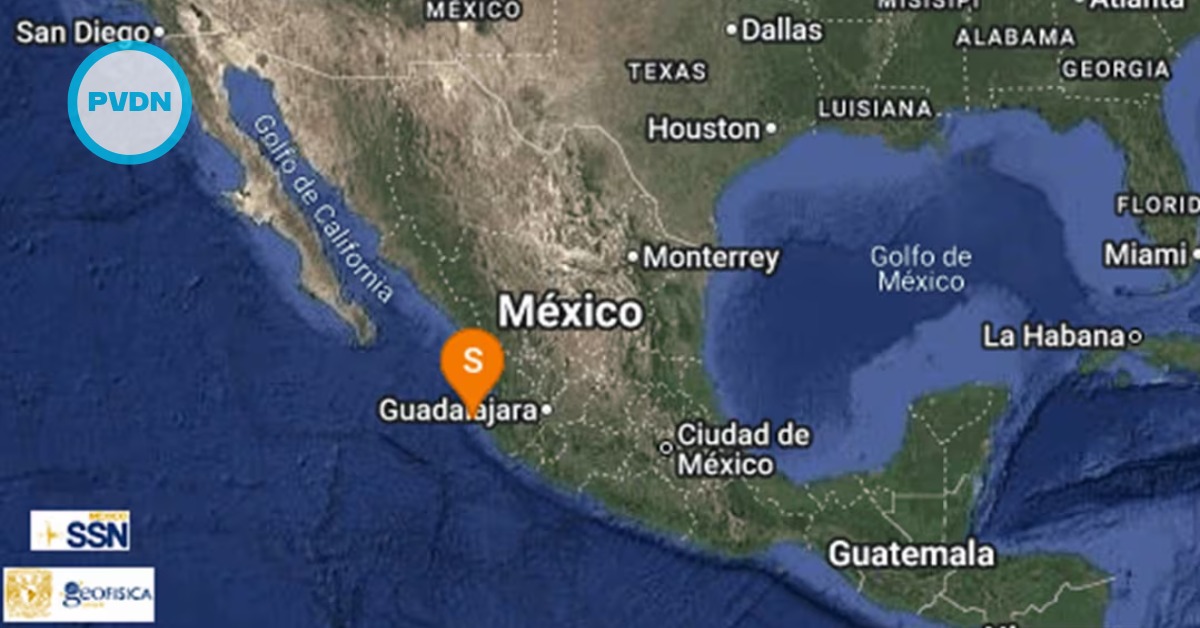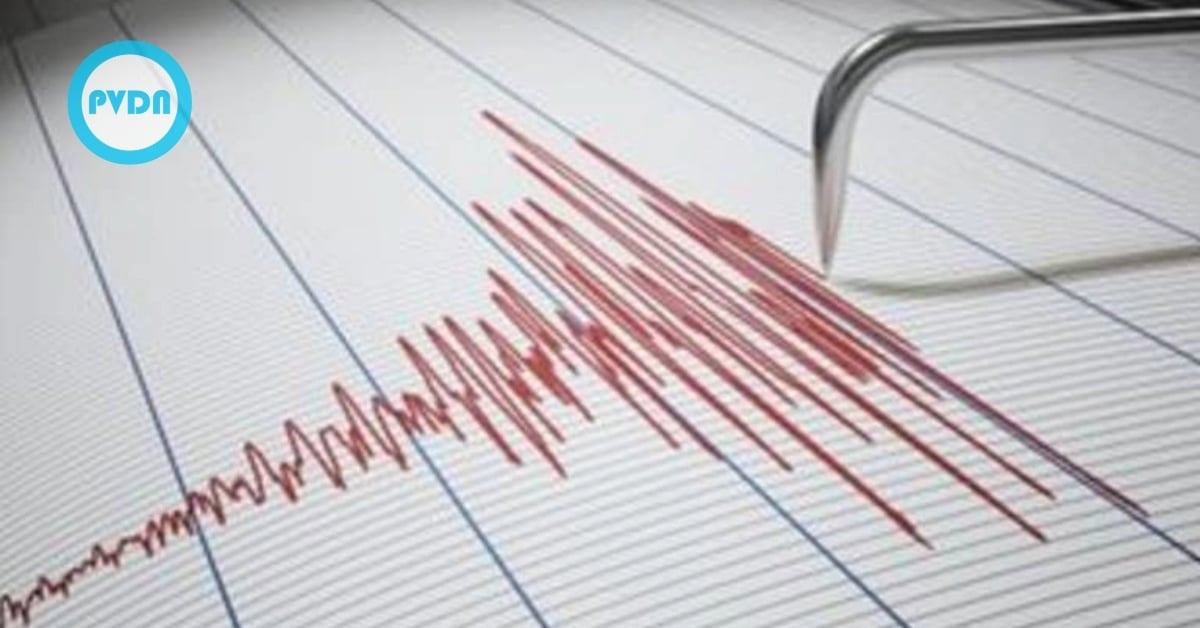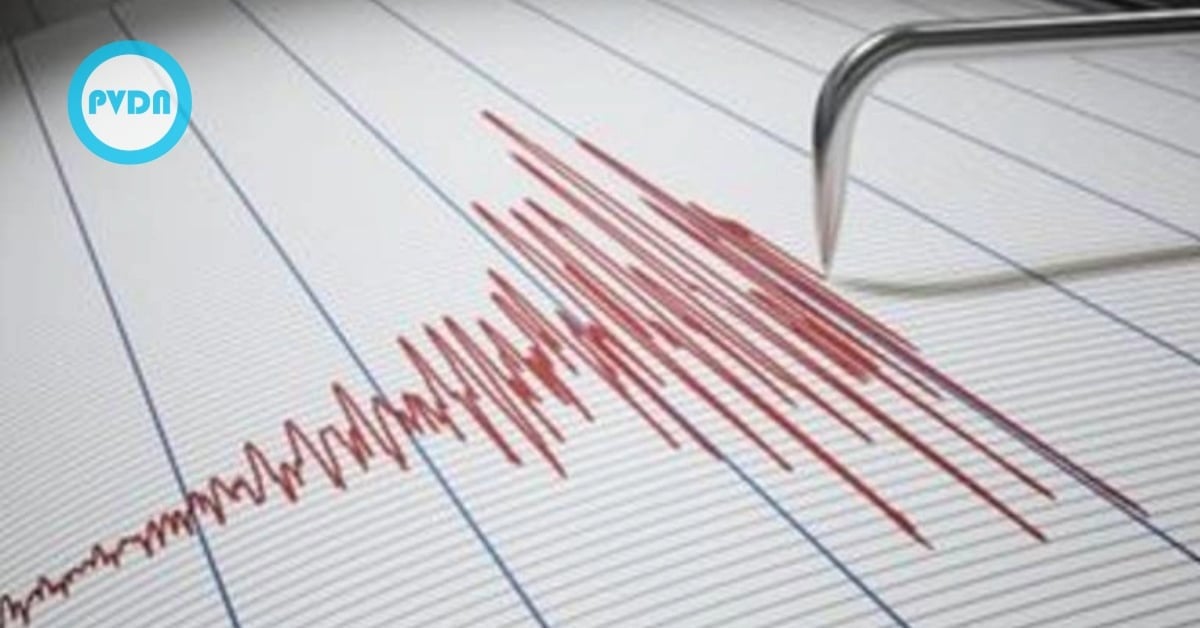Mexico has a long seismic history, so any given earthquake here does not necessarily come as a surprise. In the pre-Hispanic epoch, inhabitants of the country’s central zone reported on earthquakes in their “códices,” or indigenous records, attributing the shaking to the wrath of their gods.
But the quake that convulsed the southeastern states of Oaxaca and Chiapas on Sept. 7, 2017, was a shock nonetheless.
First, there was its Read Full Story





